
The educational construction industry designs, constructs, and renovates buildings and facilities used for educational purposes. This sector is essential in providing safe and comfortable learning environments for students, teachers, and staff. As the demand for quality education grows, the industry remains a key player in the construction sector.
GAO RFID Inc., a global top 10 leader in RFID, has extensive experience in educational construction.
GAO RFID Systems & Hardware for Educational Construction
GAO RFID Inc. offers the largest selection of BLE gateways, BLE beacons, RFID readers, tags, antenna, printers, and integrated RFID systems for various industries, including educational construction.
BLE (Bluetooth Low Energy)
GAO offers advanced BLE gateways:
as well as versatile beacons with such important functions as temperature, humility, vibration and panic button:
GAO’s BLE technology is suitable for all kinds of industries, including educational construction.
UHF (Ultra High Frequency) RFID
GAO offers the largest selection of UHF RFID readers for various industries, including educational construction:
GAO RFID offers the widest choice of UHF RFID tags, labels, badges, wristbands for various industries, including educational construction:
and an array of antennas to address different applications:
HF (High Frequency), NFC (Near Field Communications) and LF (Low Frequency) RFID
GAO offers the largest selection of HF, NFC, and LF RFID readers for various industries, including educational construction:
- High Frequency 13.56 MHz Passive RFID Readers
- Low Frequency 134 kHz Passive RFID Readers
- Low Frequency 125 kHz Passive RFID Readers
HF, NFC and LF RFID tags, labels, badges, wristbands for various industries, including educational construction:
and antennas:
GAO also offers RFID printers:
Digital I/O adapters:
and relay controllers:
For embedded applications, GAO offers UHF, HF and LF RFID reader modules:
- UHF 860 – 960 MHz RFID Modules
- 13.56 MHz High Frequency RFID Modules
- 125 kHz Low Frequency RFID Modules
The RFID systems by GAO are highly popular for clients in educational construction:
People or workers tracking system:
Physical asset or operational equipment tracking system:
Personnel or people access control system:
Parking or vehicle control system:
There are two versions of GAO’s software, one is running on a local server, and another running in the cloud.
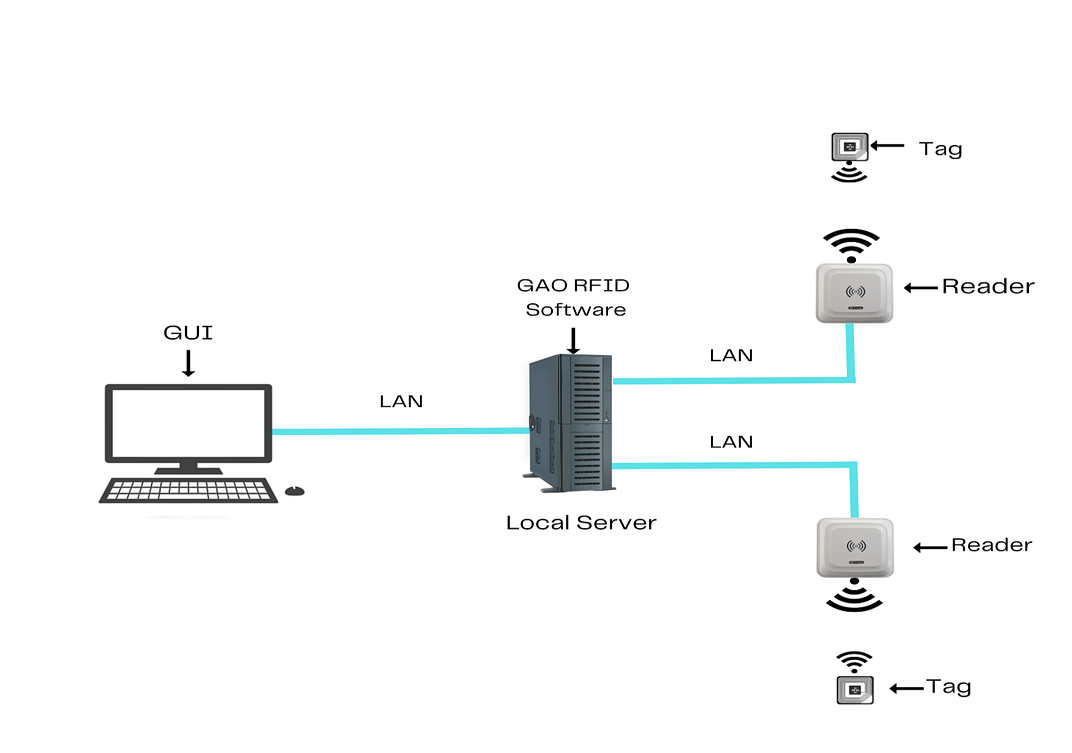
GAO’s software runs on a local server
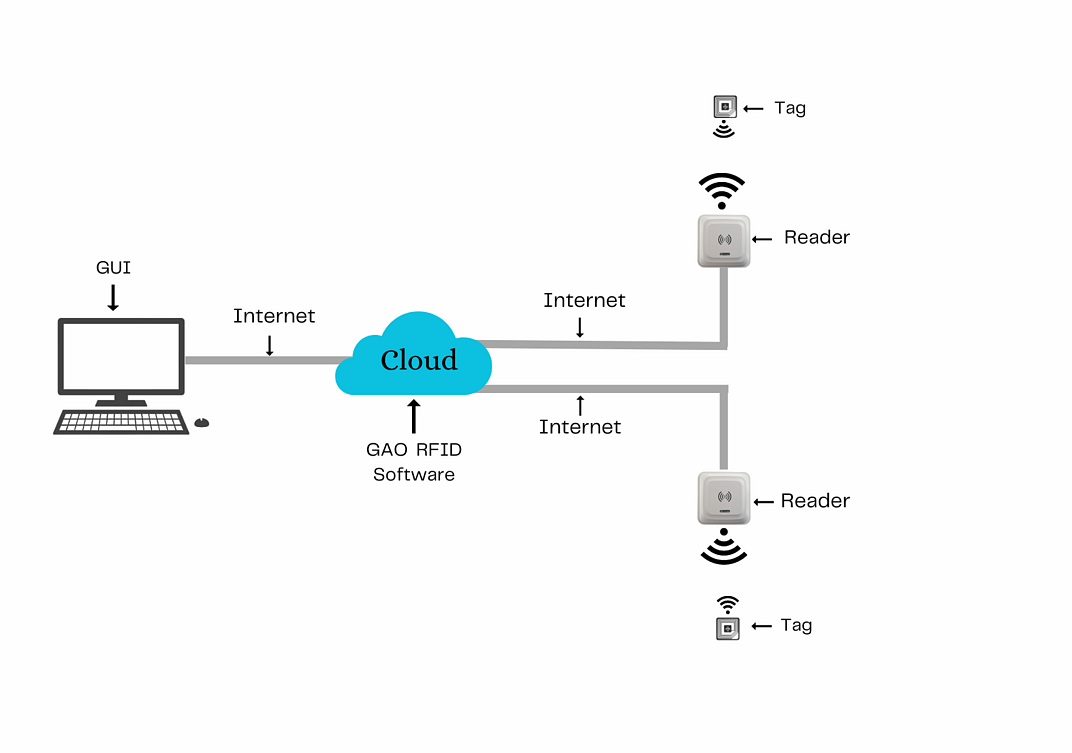
GAO’s software runs in the cloud
GAO offers free samples of its RFID tags, labels, badges, and wristbands
GAO offers a free trial for all of its software available.
Applications & benefits of GAO’s RFID, BLE, IoT & Drones for Educational Construction
RFID, BLE, IoT and drones technologies from GAO RFID Inc. offer many benefits for educational construction:
Application & benefits of applying RFID to educational construction
- Increased accuracy: Our RFID solutions can provide more accurate data by minimizing errors and no extra materials such as hammers, or screwdrivers would be purchased
- Cost optimization: GAO’s RFID solutions can help reduce labor costs which save overall costs for your company. With GAO RFID systems you can keep track of what materials like drills, concrete, cement, steel you have onsite and quantities used in order to schedule deliveries from off-site storage or your suppliers.
- Improved inventory management: by providing real-time data on inventory levels and locations, Our RFID solutions prevent both overstocking and stock shortages. GAO RFID solutions can be utilized to monitor the inventory of materials.
Application & benefits of applying BLE technology to educational construction
- Real-time asset tracking: GAO BLE solutions it can enable real-time tracking of pumps, backhoes, pavers, and tools like saws, hammers, drills, and grinders which can prevent theft, and reduce the time required to locate missing items.
- Access control: GAO BLE beacons wirelessly transit credentials so that architects, skilled trade people and other workers and labourers can be verified and granted/restricted access by our gateways. Our access control system pertains to the verification of workers required for them to conduct safe work on an educational construction site.
Applications & benefits of applying a combination of RFID and drones to educational construction
- Rapid data collection: Drones equipped with GAO RFID solutions can quickly and easily collect data from a large area, including areas that are difficult to access by foot or by vehicle.
- Improved safety: By using drones to collect RFID data architects and engineers do not have to enter hazardous or hard-to-reach areas, reducing the risk of accidents and injuries.
- Automation: Drones equipped with GAO RFID products can be less expensive than hiring a large team of inspectors or labourers to manually track equipment and components like saws, drills and boots. This can save your construction company time and money too.
Applications & benefits of applying a combination of RFID and IoT to educational construction
- Monitoring real-time environmental factors: IoT sensors can be used to monitor a wide range of environmental factors, including temperature, humidity, and vibrations. By combining this technology with GAO RFID tags, managers can receive real-time alerts if there are any abnormalities in the environment
- Predictive maintenance: IoT sensors in the RFID tags can detect vibrations or other hazardous conditions, alerting managers to potential safety issues before they cause an accident or injury.
- Enhanced data analysis: IoT-enabled RFID tags can collect a wide range of data on equipment and components, including temperature, humidity, and vibrations. By using advanced data analytics tools, your construction company can gain valuable insights into your operations and identify areas for improvement.
GAO Helps Customers Comply with Standards, Mandates & Regulations
GAO RFID Inc. has helped many companies in the educational construction industry to deploy RFID systems and to ensure such deployments comply with the applicable industry standards, mandates and government regulations:
- ANSI/ISA-100.11a – is a wireless communication standard used in industrial automation for wireless sensor networks. It enables reliable communication between devices and can be used for monitoring and control applications in various industries.
- IEEE 802.11 – commonly known as Wi-Fi, is a set of wireless communication protocols that enable devices to connect to a network and exchange data over radio waves. It has become a ubiquitous technology for internet access and wireless communication in various settings, including homes, businesses, and public spaces.
- Americans with Disabilities Act (ADA – U.S) and the accessibility for ontarians with disabilities Act (AODA- Canada) – equires educational institutions in the U.S and Canada to ensure that their facilities are accessible to individuals with disabilities, providing equal opportunities for education and participation in school activities.
- Building codes – Each state and local jurisdiction has its own building codes that govern construction practices, materials, and safety. These codes are enforced by local building departments and must be followed on all school construction projects.
- Environmental Protection Agency (EPA- U.S.) and The Canadian environmental protection Act, 1999 (CEPA – Canada) – are responsible for protecting human health and the environment. Its duties include enforcing environmental laws, conducting research, monitoring environmental quality, and providing information and education to the public.
 National Science Foundation
National Science Foundation
 National Electrical Code
National Electrical Code
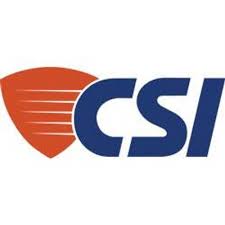 Construction Specifications Institute
Construction Specifications Institute
 Environmental Protection Agency
Environmental Protection Agency
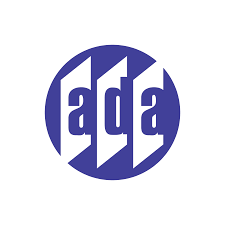 Americans with Disabilities Act
Americans with Disabilities Act
 National Institute of Standards and Technology
National Institute of Standards and Technology
GAO’s Software Provides API
GAO’s popular RFID software such as personnel tracking, and asset tracking. access control, parking system control offers a free trial and offers an API to each of the common software in educational construction:
Personnel management
- HR management software: This type of software can help manage personnel records, payroll, benefits, and employee performance evaluations.
- Time and attendance software: This can help track employee hours, absences, and leave requests.
- Safety management software: This software can help track workplace incidents, near-misses, and safety training records.
Equipment management
- Asset management software: This type of software can help track equipment inventory, maintenance schedules, and repair history.
- GPS tracking software: This software can help track equipment location, usage, and fuel consumption.
- Fleet management software: This software can help manage vehicle maintenance, fuel usage, and driver safety
Supply chain management
- Procurement software: This type of software can help manage purchasing processes, supplier relationships, and contract management.
- Inventory management software: This can help manage stock levels, track orders, and automate reordering processes.
- Logistics and transportation software: This can help manage shipments, track delivery times, and optimize route planning
Other application software
- Project management software: This software can help manage project timelines, budgets, and resources.
- Building information modeling (BIM) software: This software can help architects, engineers, and construction professionals create and manage digital models of buildings.
- Accounting and financial software: This type of software can help manage budgets, expenses, and financial reporting.
Case Studies of RFID aApplications
A case of study for RFID Application in educational construction:
The University of California San Diego (UCSD) implemented an RFID system to track the use of safety equipment on their construction sites. The system was designed to ensure that workers were using the appropriate safety gear and that all equipment was being inspected and maintained regularly.
Each piece of safety equipment, including hard hats, safety glasses, and harnesses, was tagged with an RFID tag that contained information about the equipment’s age, maintenance history, and other important details. Workers were issued RFID-enabled safety badges that were scanned by readers located throughout the construction site.
The system helped to improve safety compliance and reduce accidents on the construction site. In addition, the system allowed UCSD to track the usage and lifespan of safety equipment, helping them to identify equipment that needed to be replaced or upgraded.
Another case of study for RFID Application in educational construction:
The University of Virginia’s Alderman Library renovation project is an example of how RFID tags can be used to improve library management. By attaching RFID tags to books and other materials, librarians can monitor the location of each item in real-time. This has significantly improved the efficiency of the library’s operations, as librarians no longer need to manually search for misplaced items. In addition, the RFID system has enhanced security by enabling librarians to identify and prevent book theft.
While the benefits of RFID technology in educational construction are clear, there are also challenges to consider. Implementing an RFID system requires significant investment in infrastructure and training, and there may be resistance from staff and students who are unfamiliar with the technology. Moreover, the use of RFID tags raises concerns about privacy and data security.
Despite these challenges, the potential benefits of RFID technology in educational construction are significant, and many institutions are exploring its use in a variety of applications. As technology continues to evolve and improve, it is likely that we will see more widespread adoption of RFID in educational construction in the future.
GAO Has Served the Educational Construction Extensively
GAO RFID Inc., one of the global top 10 RFID leaders, is based in the cities of New York and Toronto and it has deployed RFID, BLE and IoT projects for many leading companies in educational construction, including its various divisions such as:
- K-12 schools: This includes the construction of primary and secondary schools, including public, private, and charter schools.
- Higher education: This is a sub-industry of construction of colleges and universities, including academic buildings, dormitories, research facilities, and athletic facilities.
- Vocational and technical schools: These sub-industry facilities for vocational and technical education, such as trade schools, community colleges, and career centers.
- Libraries: Public and private libraries, as well as academic libraries for colleges and universities.
- Museums and cultural centers: This includes the construction of museums, art galleries, and other cultural centers that provide educational opportunities.
- Science and technology facilities: This Sub-industry focuses on the construction of science and technology facilities, such as laboratories, research centers, and innovation hubs.
- Administrative buildings: This part of the sub-industry also includes the construction of administrative offices and support facilities for educational institutions.
List of the leading companies in educational construction in the US:
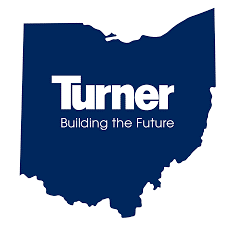 Turner Construction Company
Turner Construction Company
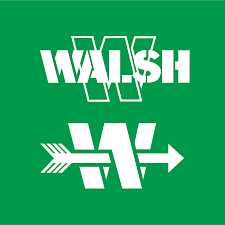 The Walsh Group
The Walsh Group
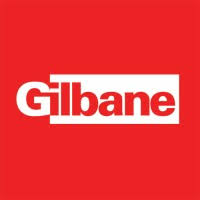 Gilbane Building Company
Gilbane Building Company
 Clark Construction Group
Clark Construction Group
 PCL Construction Inc.
PCL Construction Inc.
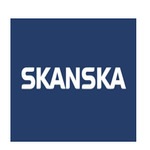 Skanska USA Inc.
Skanska USA Inc.
 McCarthy Building Companies, Inc.
McCarthy Building Companies, Inc.
 Hensel Phelps Construction Co.
Hensel Phelps Construction Co.
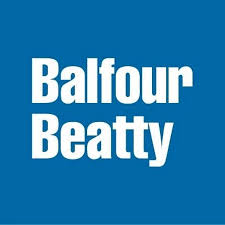 Balfour Beatty US Inc.
Balfour Beatty US Inc.
 Mortenson Construction Company
Mortenson Construction Company
 JE Dunn Construction Group, Inc.
JE Dunn Construction Group, Inc.
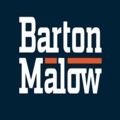 Barton Malow Company
Barton Malow Company
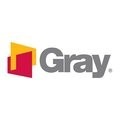 Gray Construction Inc.
Gray Construction Inc.
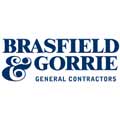 Brasfield & Gorrie, LLC
Brasfield & Gorrie, LLC
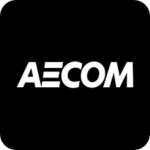 AECOM Tishman Company
AECOM Tishman Company
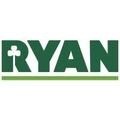 Ryan Companies US, Inc.
Ryan Companies US, Inc.
 Construction Inc.
Construction Inc.
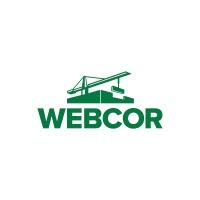 Webcor Builders Inc.
Webcor Builders Inc.
List of the leading companies in educational construction in Canada:
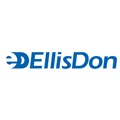 EllisDon Corporation Inc.
EllisDon Corporation Inc.
 Bird Construction Inc.
Bird Construction Inc.
 Graham Construction & Engineering Inc.
Graham Construction & Engineering Inc.
 Ledcor Group
Ledcor Group
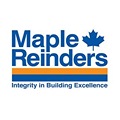 Maple Reinders Group Ltd.
Maple Reinders Group Ltd.
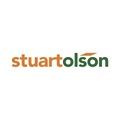 Stuart Olson Inc.
Stuart Olson Inc.
